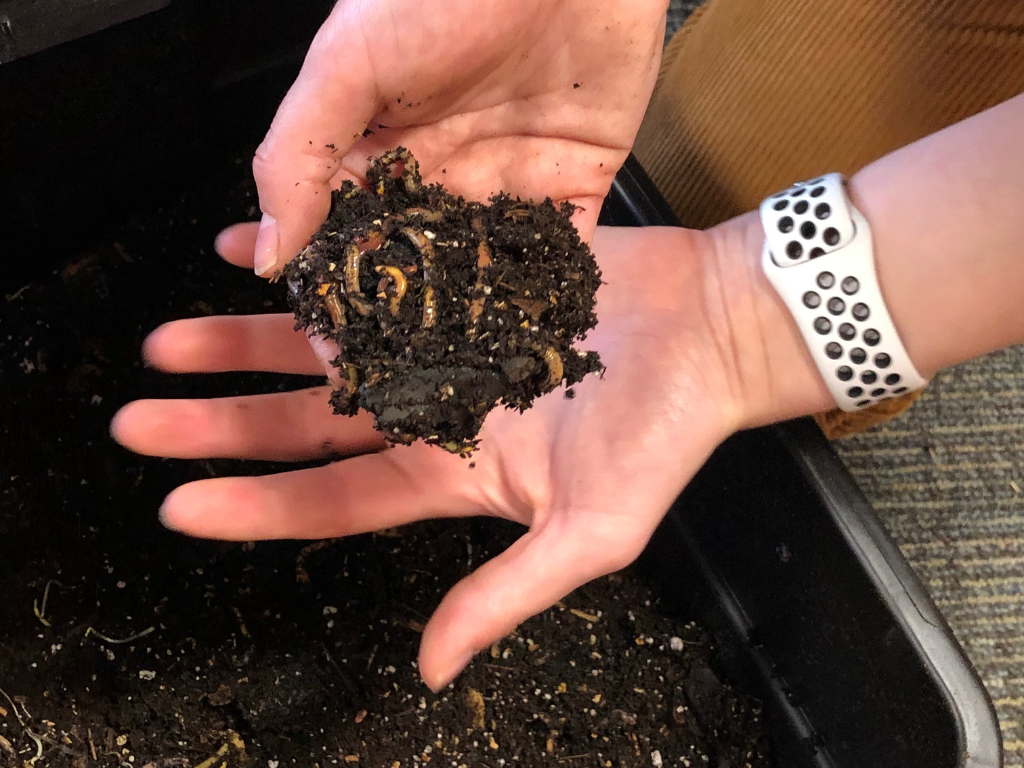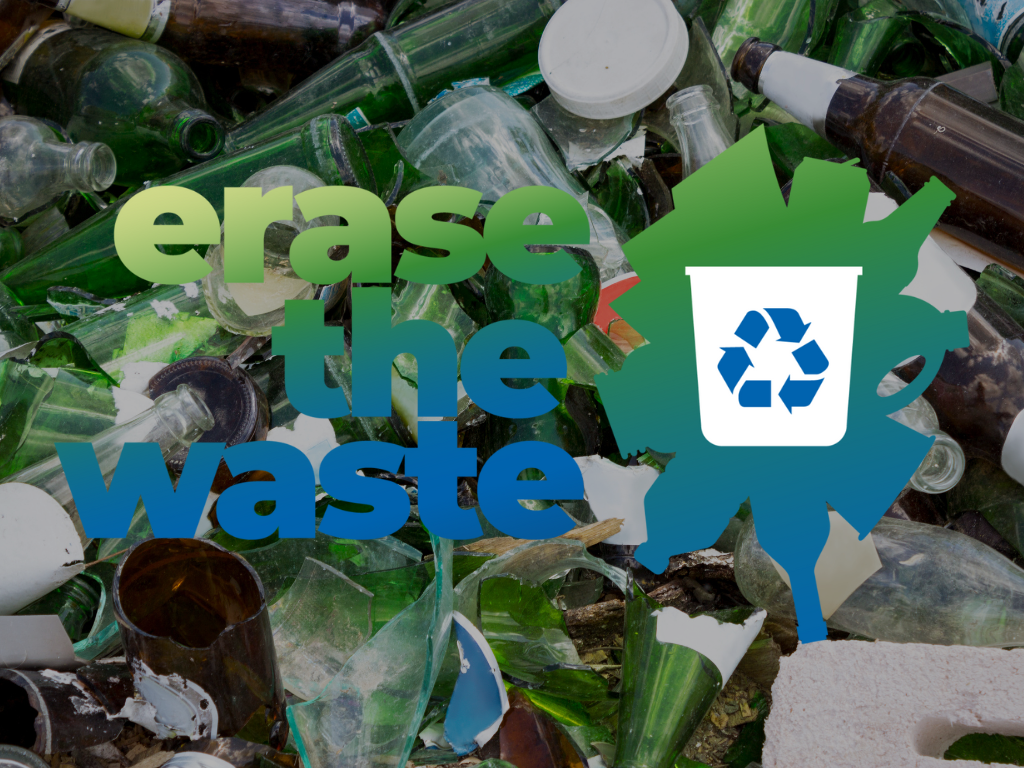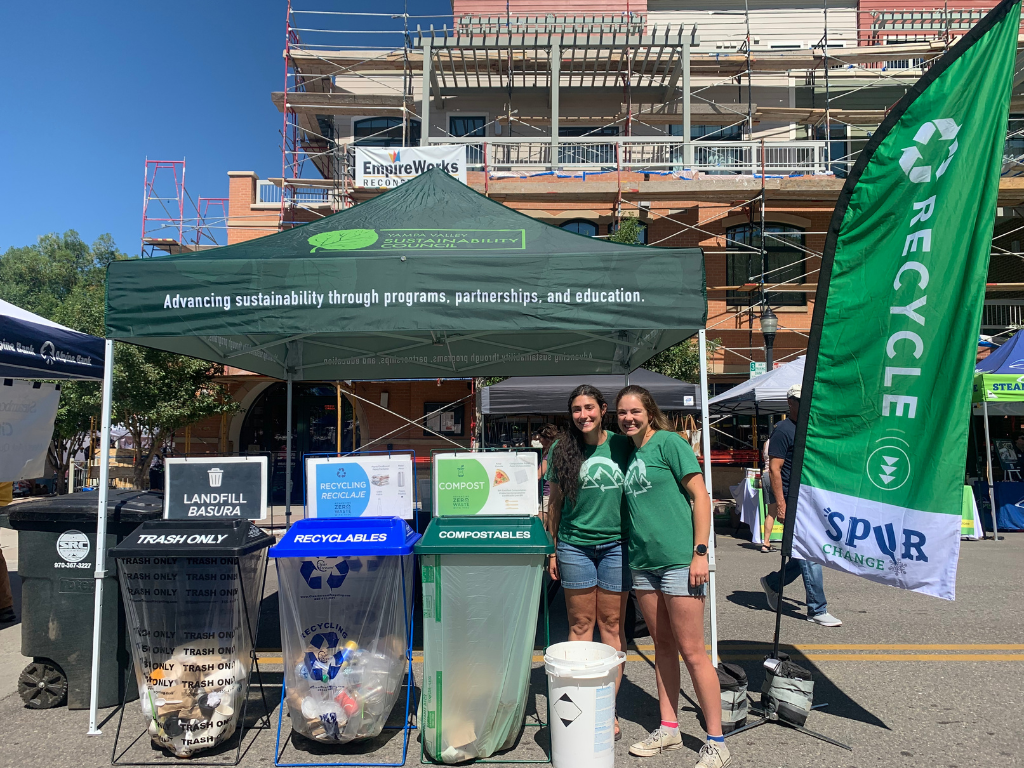NOVEMBER 24, 2015 BY
Reposted from http://foodtank.com/news/2015/11/a-waste-free-thanksgiving
This week, Food Tank is grateful for the farmers, researchers, and activists who are working tirelessly to improve the food system every day.
According to the Natural Resources Defense Council (NRDC), getting food onto Americans’ plates accounts for 80 percent of the country’s fresh water consumption, 50 percent of American land use, and 10 percent of the total United States energy budget.
Unfortunately, 40 percent of all food in the U.S. goes to waste because of excessive portion sizes at restaurants, misinterpretation of expiration dates on packaged foods, and overstocking. Thankfully, food waste can be reduced using what many people already carry in their pockets—their smartphones.
Numerous food waste apps have been created to help consumers throw away less food in their homes with date trackers, educational platforms, and recipe generators. Additionally, restaurants, grocery stores, and other food businesses can use the apps to donate food they can no longer sell.
The U.S. Department of Agriculture (USDA) reports that supermarkets in the U.S. throw away approximately US$15 billion worth of fruits and vegetables each year. Food retailers typically overstock produce to keep their displays from appearing empty, and reject items that appear to be imperfect. To address this problem, many of the apps targeting food waste created tax-deductible donation platforms that allow rejected produce and expired goods to be redistributed from grocery stores, restaurants, and other businesses to people in need.
This Thanksgiving, consider trying a new smartphone app to help your family reduce food waste. Here are 14 notable apps worth trying:
1. AmpleHarvest: AmpleHarvest now allows farmers and gardeners to connect with food pantries through an iPhone app. The platform allows users to donate the abundance of their harvest to those in need.
2. Green Egg Shopper: In addition to tracking expiration dates on purchased food items,Green Egg Shopper also provides a tracker for coupons, vouchers, and overall food expenditures.
3. Feeding Forward: Californian businesses and farms can donate their excess product with Feeding Forward, which allows individuals to donate surplus food from their homes. Anyone wishing to give excess food can post the donation on the app or on the online website, and then allow a driver to pick up and deliver the food to a nearby shelter in need. Feeding Forward even allows users to track their impact by viewing profiles of the organizations and individuals who receive their donations.
4. Flash Food: In Arizona, FlashFood connects food service institutions to food recovery organizations and local community centers with a network of volunteers.
5. Food Cowboy: Food Cowboy works at the distribution level to redistribute rejected deliveries from wholesalers and restaurants to food banks and soup kitchens. Event hosts and caterers can use the app to request pickup of leftovers, and charities can use the platform to source larger donations.
6. FoodKeeper: The USDA voice-controlled FoodKeeper app provides storage method tips to extend shelf life, cooking tips for meat and seafood products, and sends expiration reminders to consumers. Additionally, the app contains a feature called Ask Karen that allows users to submit questions to its 24/7 virtual representative that can answer questions about cooking, storage, and food-borne illnesses.
7. FridgePal: Oftentimes, consumers throw away their groceries due to expiration dates. But FridgePal tracks the expiration dates of food items and offers consumer shopping lists, recipes searchable by lists of ingredients, and a meal planner. The app visually separates food contained in refrigerators, freezers, and pantries. It also gives cooks the option of viewing items by type, such as dairy, meals and leftovers, or sauces.
8. LeftoverSwap: Users of LeftoverSwap can snap a picture of their uneaten food and arrange for pickup with other community members who are interested in their leftovers.
9. PareUp: PareUp allows consumers in New York City to purchase unsold food at a discount from a number of various retailers, who in turn increase their revenues by selling food that normally would have been thrown away at the end of the business day.
10. Reta: Reta sends users timely reminders on their phones, allowing them to see all of their food at home from any location to plan their meals at any time. The feature is also useful while shopping for groceries to avoid overbuying. And Reta tracks how much users eat, allowing them to see lifetime statistics of what percentage of food goes uneaten.
11. Spoiler Alert: Spoiler Alert allows food distributors to donate surplus product to charities in Boston, MA. “We offer a secondary market for discounted food sales, which enables new revenue streams, and streamline and simplify the documentation for tax benefits, which are quite sizable,” says co-founder Emily Malina.
12. Still Tasty: Knowing how to store various food items can help anyone keep their food fresh longer. Still Tasty will also provide expiration date reminders while also giving users access to a detailed database containing hundreds of food items. The resource takes many variables into account, such as if the item’s store-bought or homemade, open or unopened, and packaging type, giving storage tips accordingly.
13. Waste No Food: Waste No Food is a nonprofit platform created by Kiran Sridhar, a high school student in the San Francisco Bay Area. The app connects farms, restaurants, cafeterias, and grocery stores with local groups that need donations, and has helped to save over 10,000 pounds of food.
14. Zero Percent: Chicago’s retailers with excess food can use the Zero Percent app to post available donations in real time. Zero Percent is a food rescue platform, not just an app, that solves the problem of matching and moving excess prepared and perishable food between businesses and local nonprofits in a reliable and safe way,” say Raj Karmani, founder. “The platform coordinates the rescue of nearly 2,500 pounds a day without owning any vehicle or warehouse. Zero Percent will hit its millionth pound this holiday season.”






